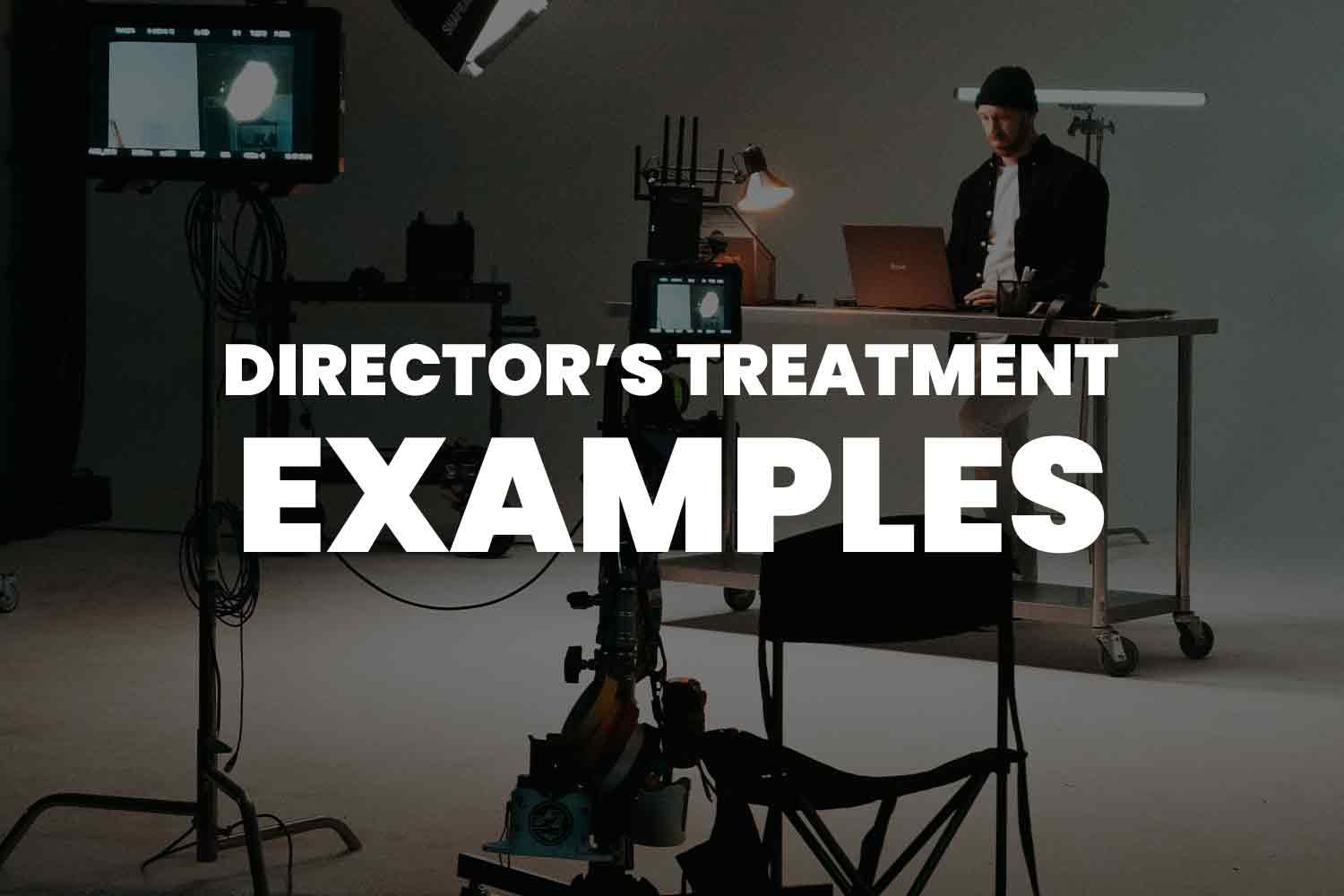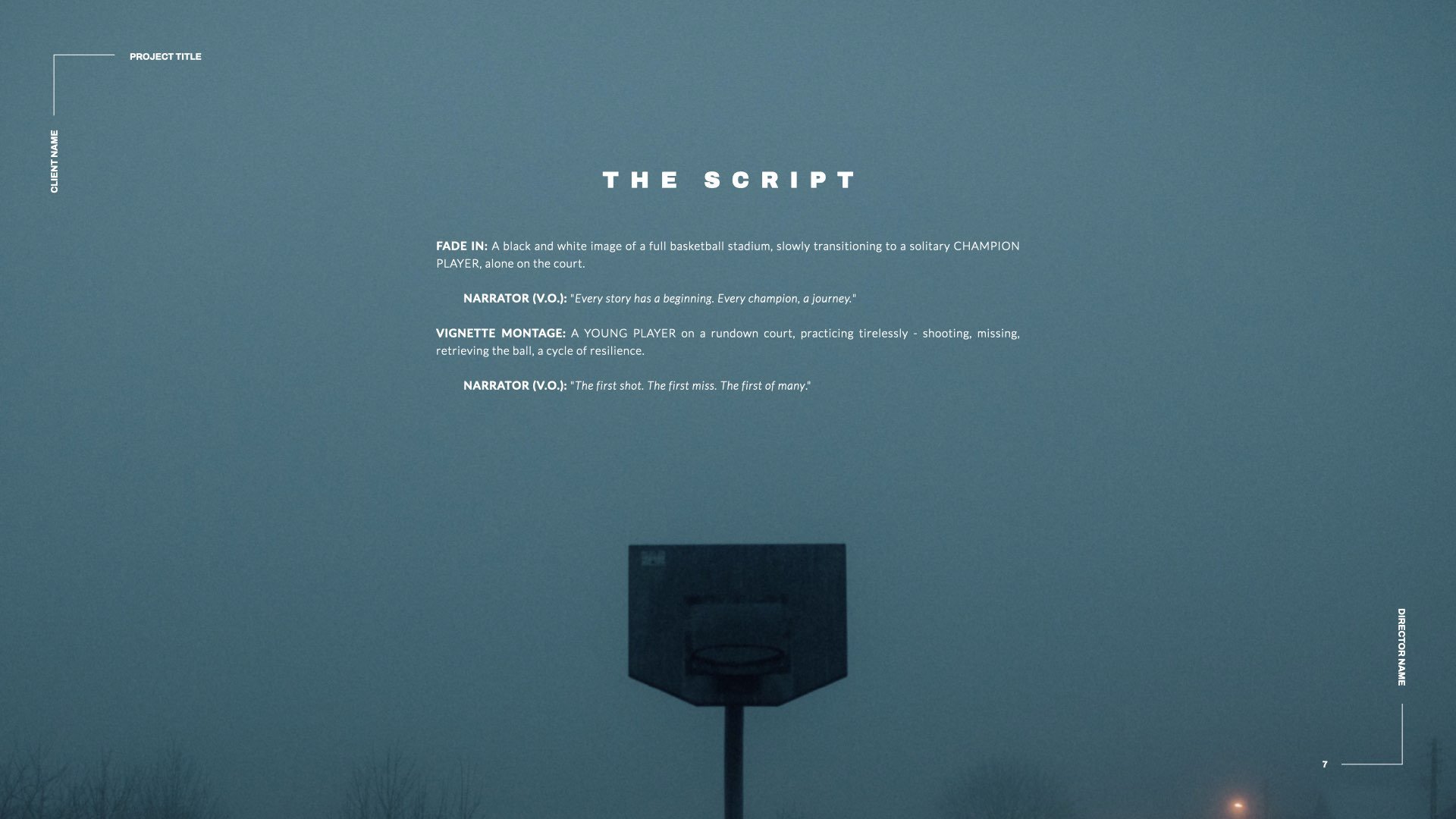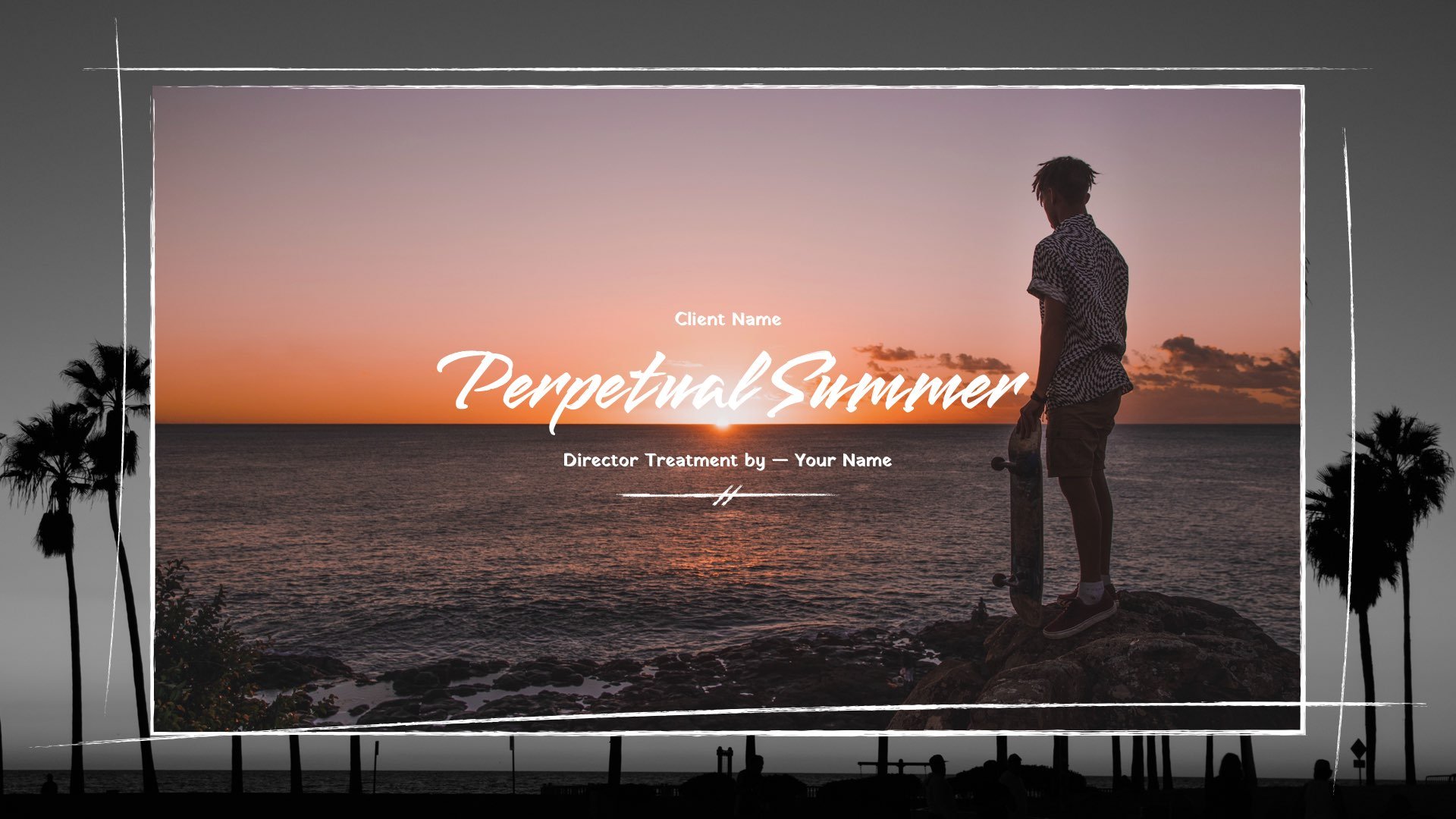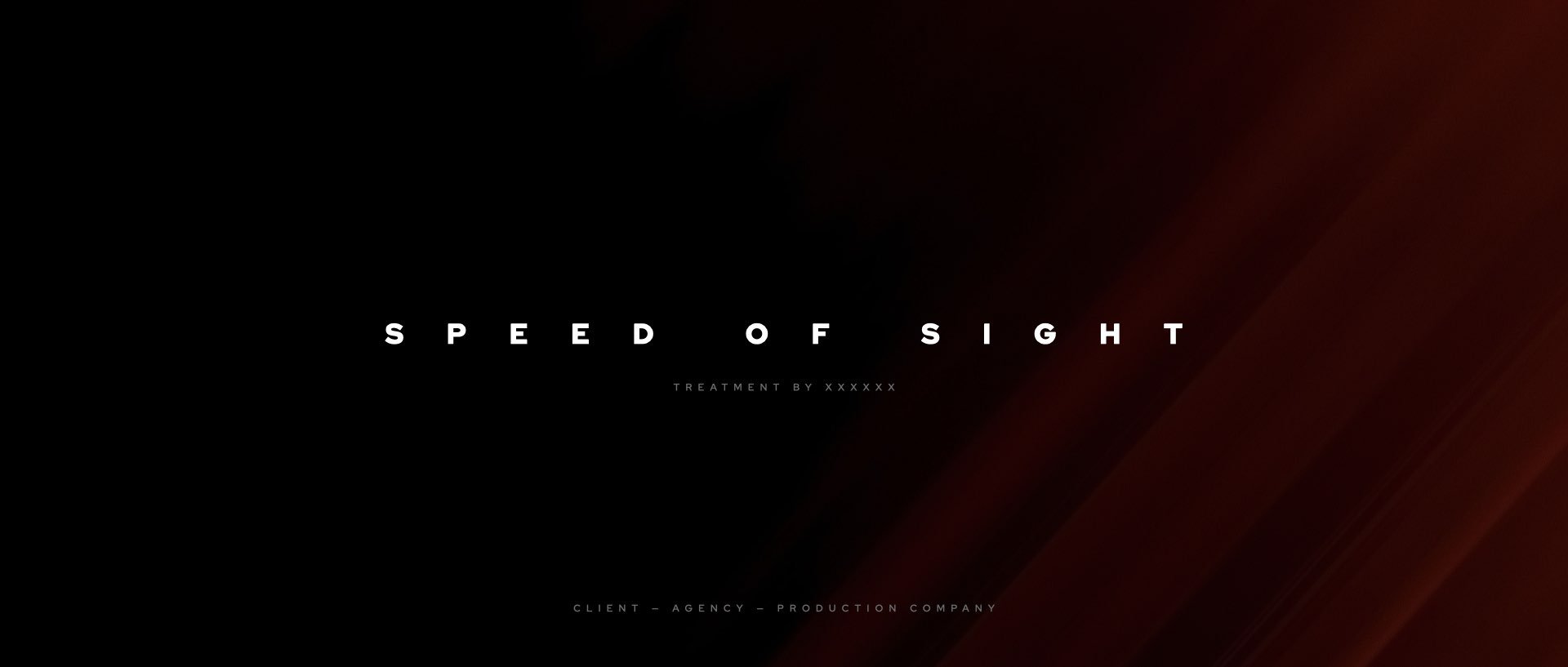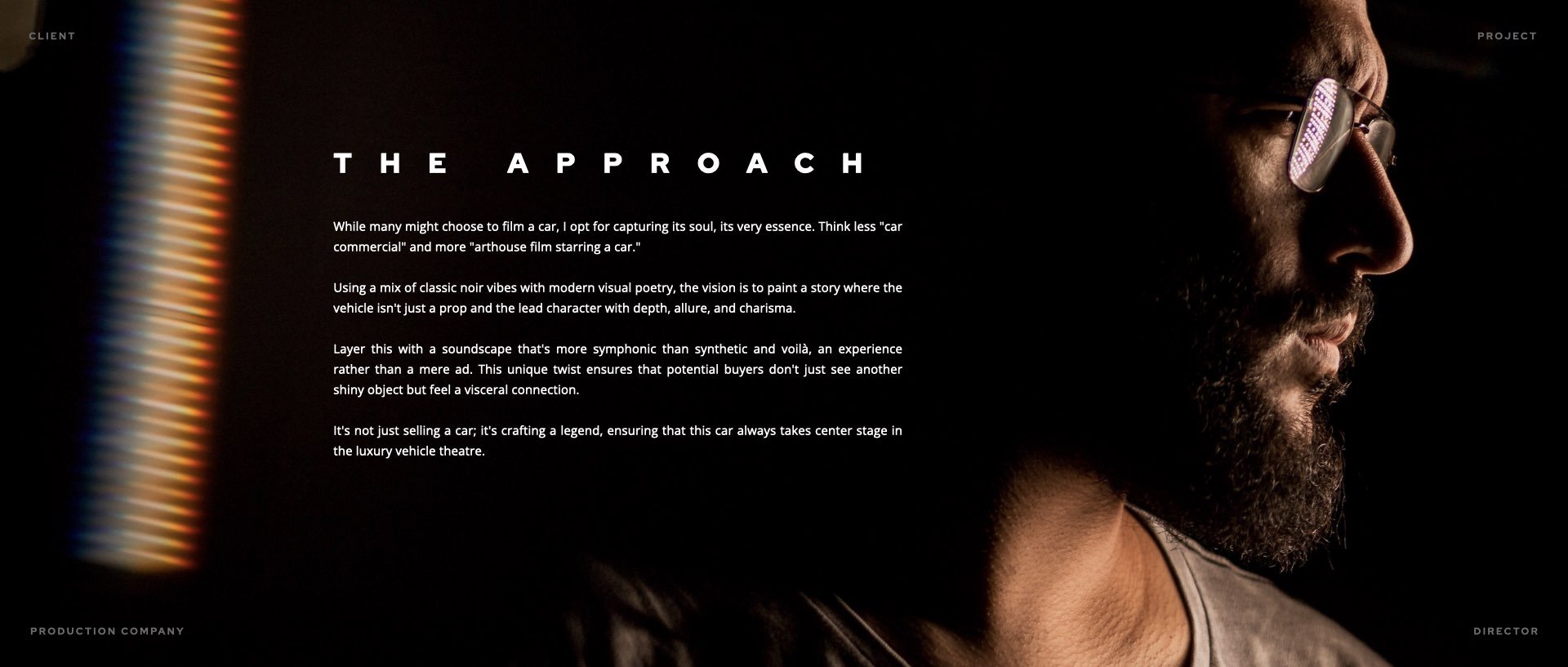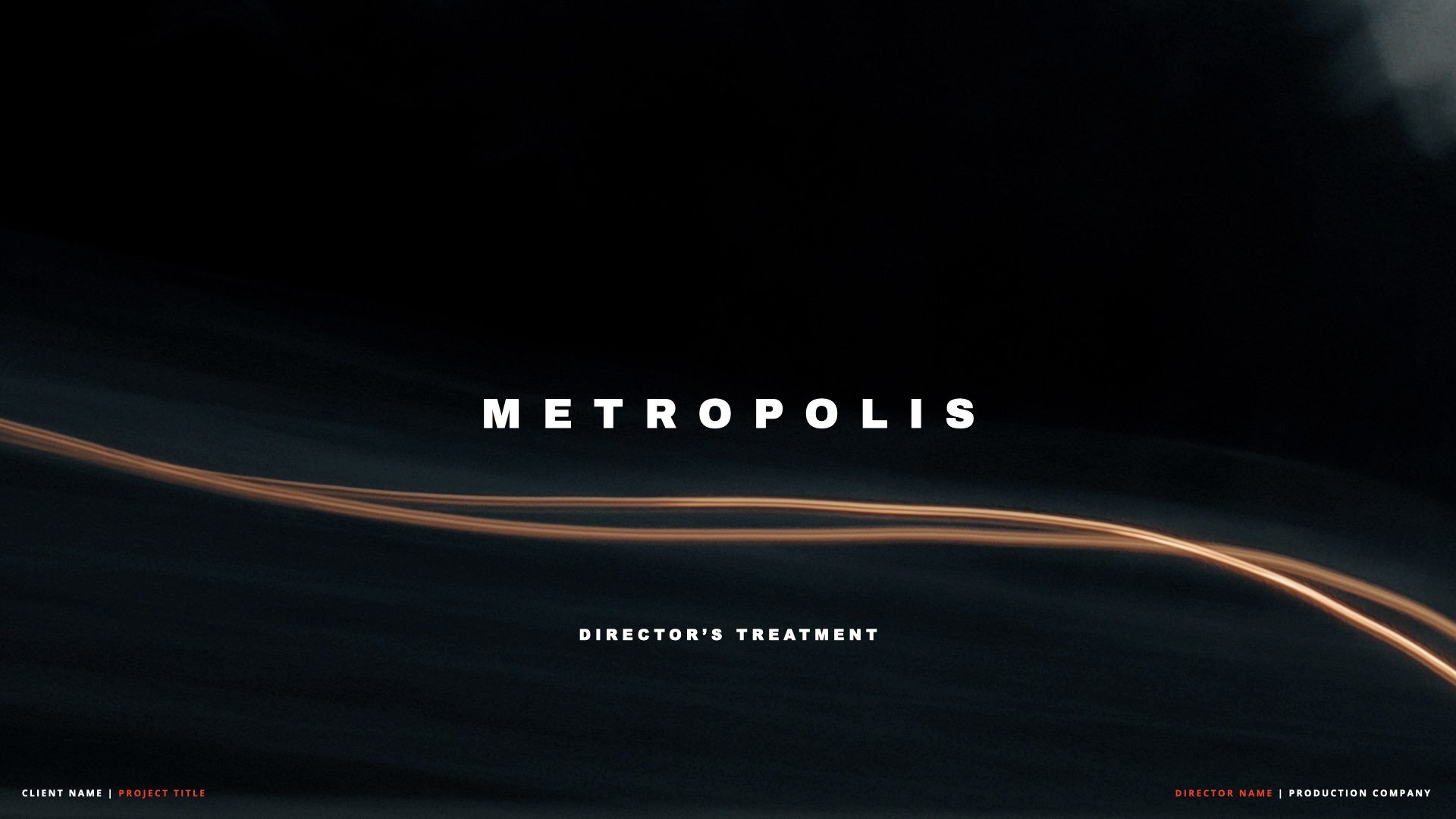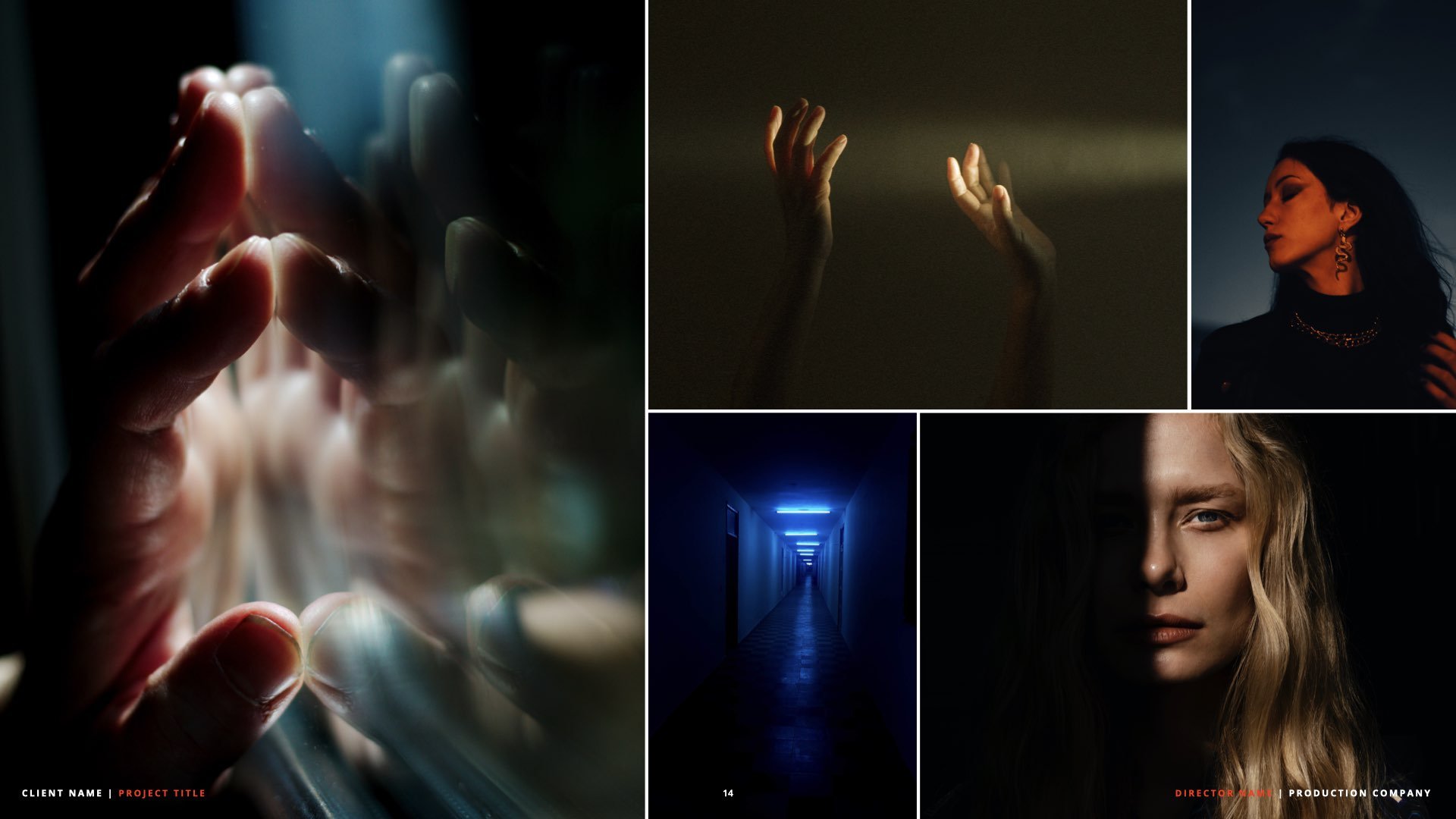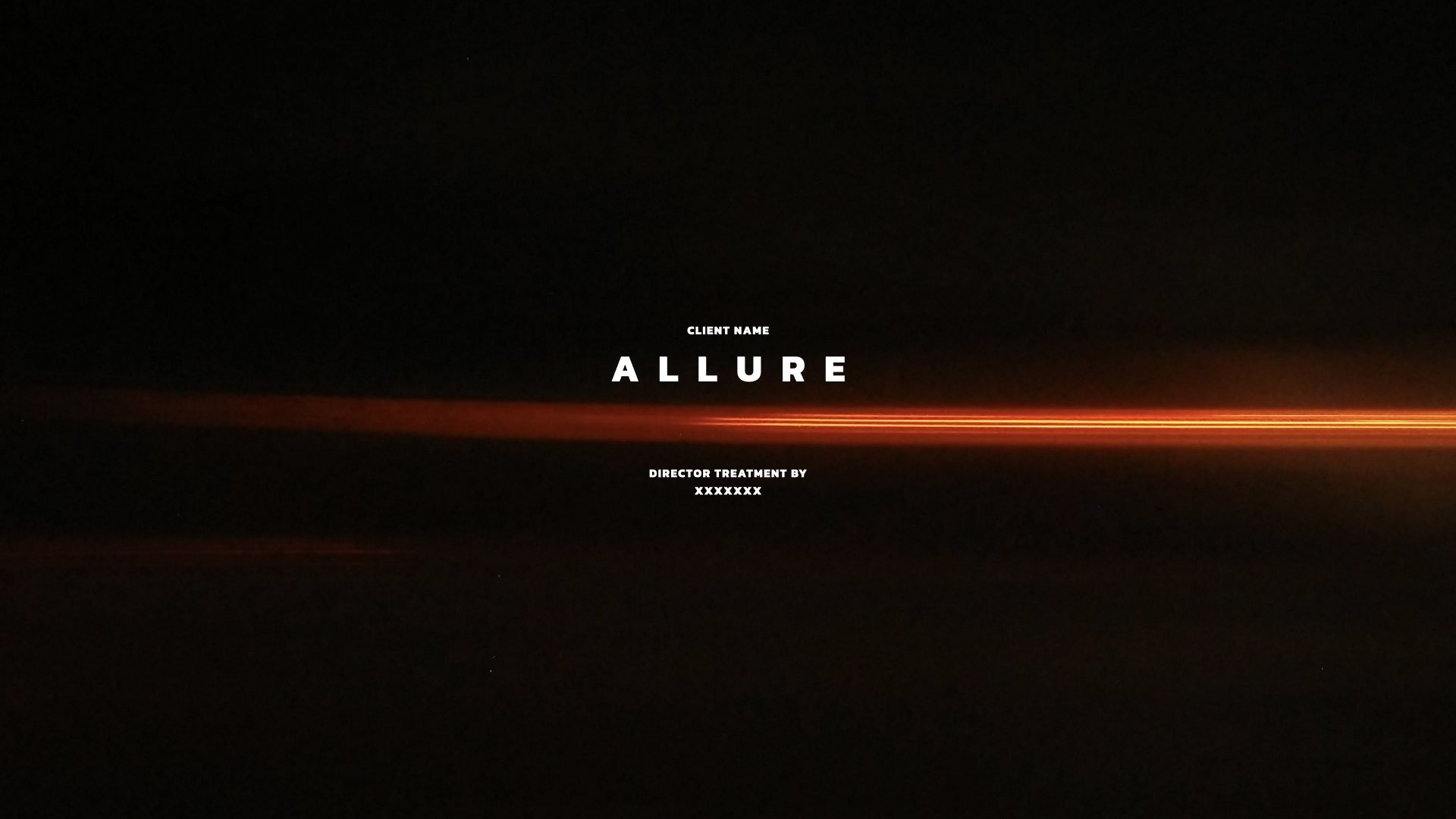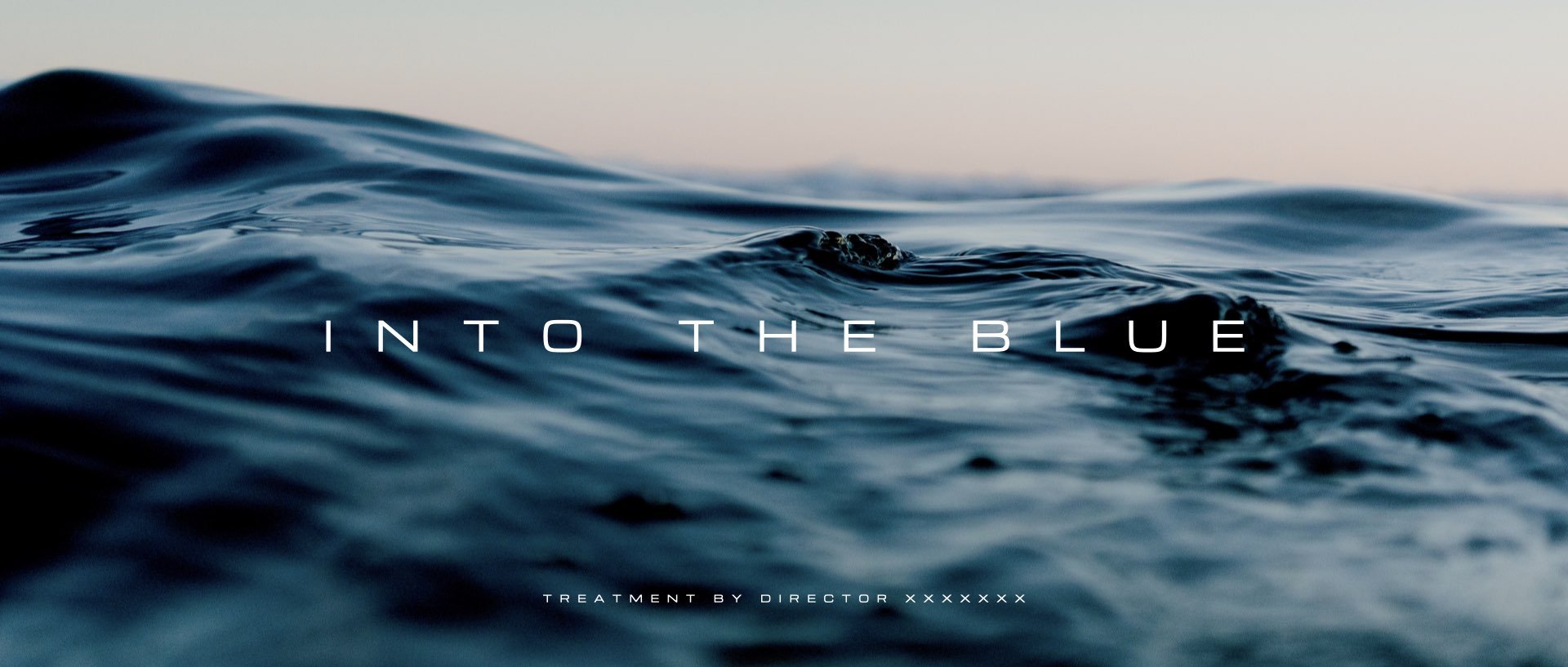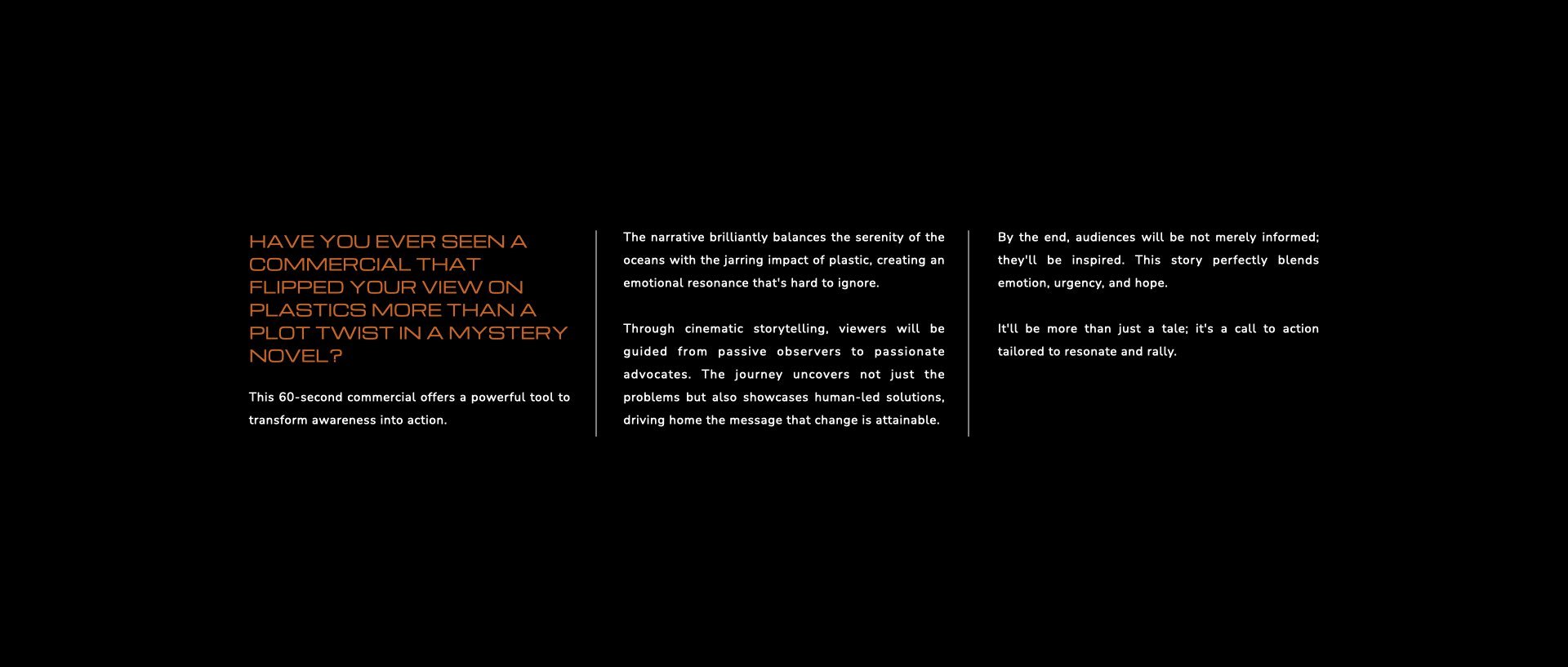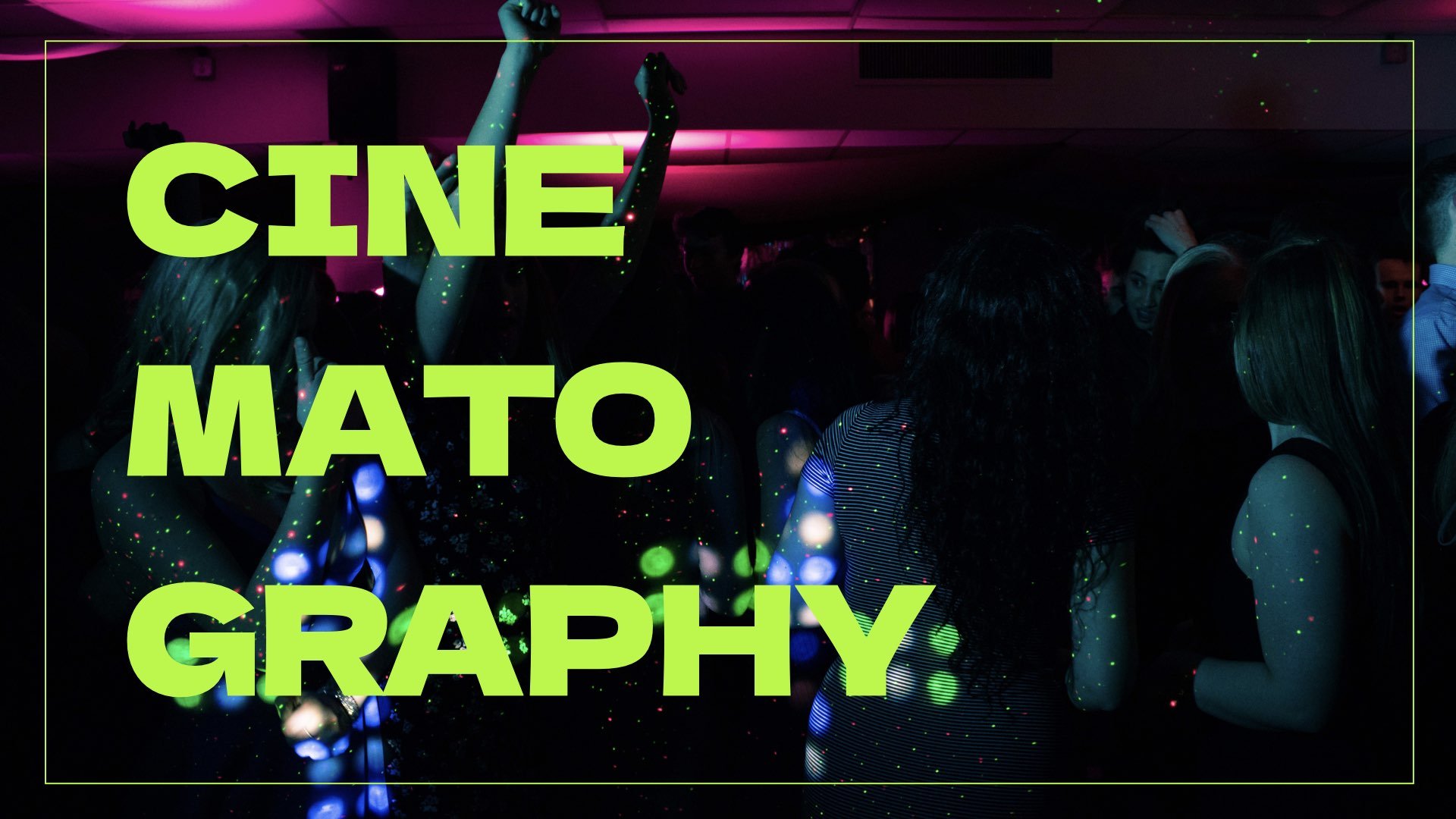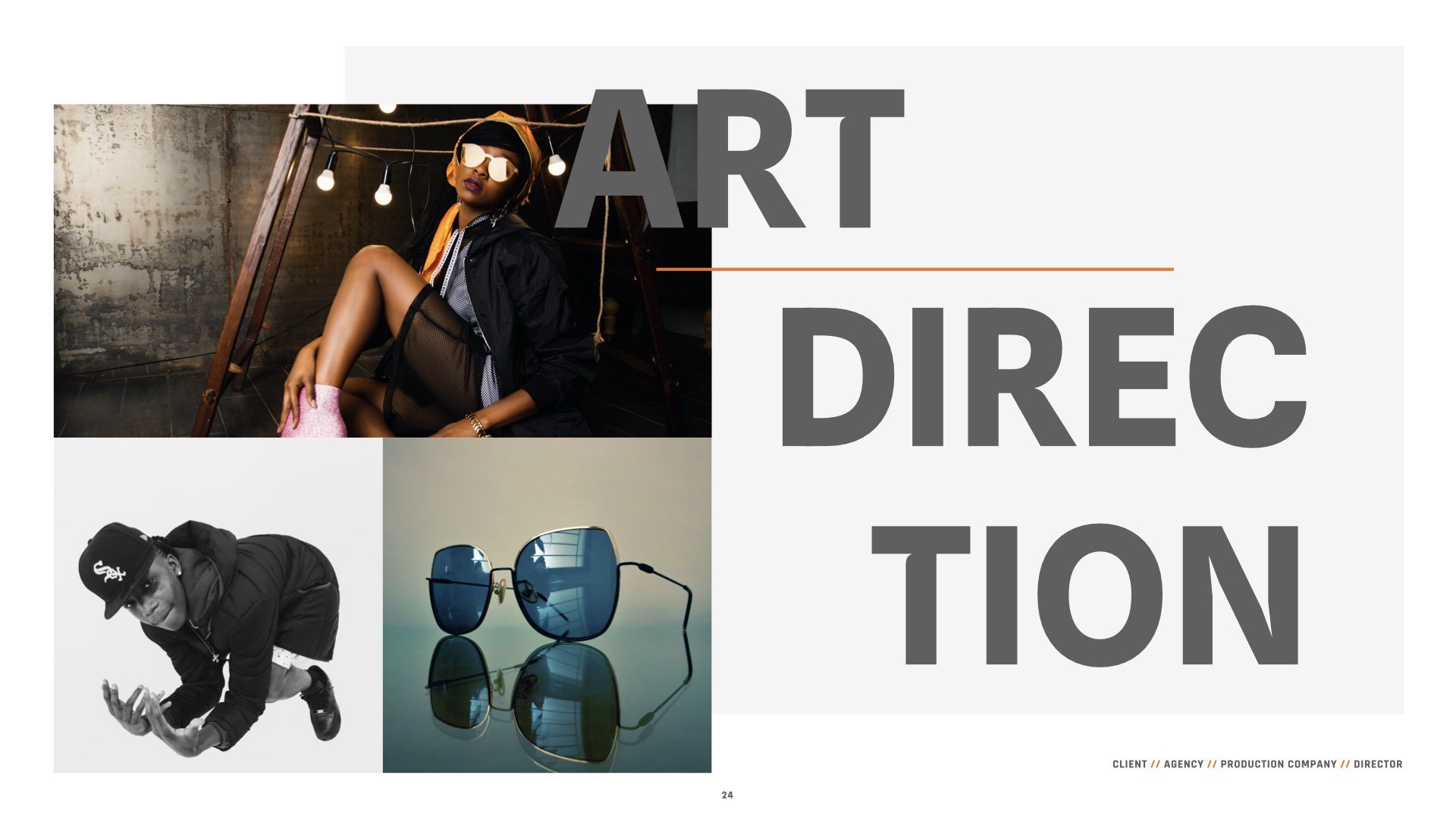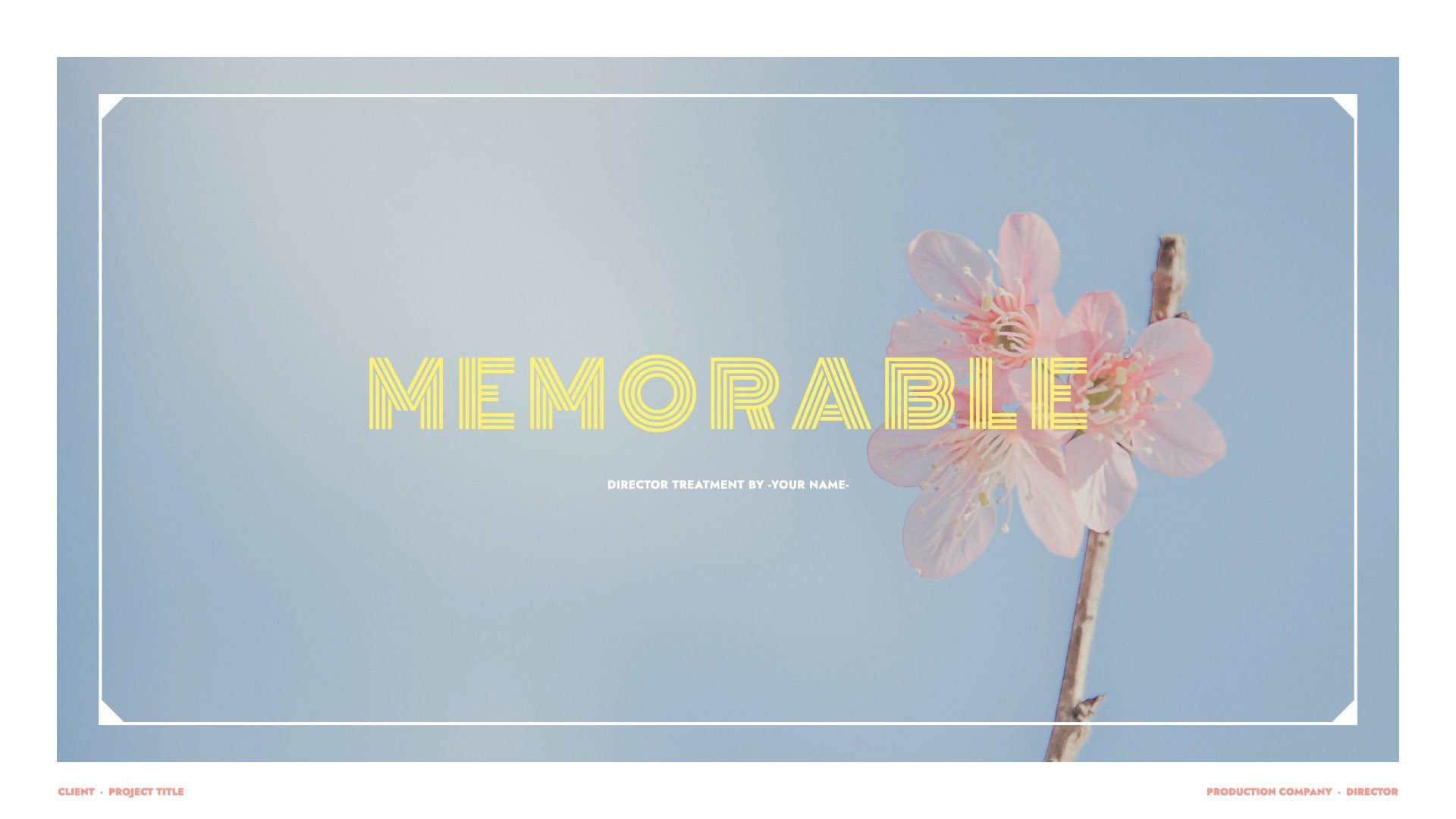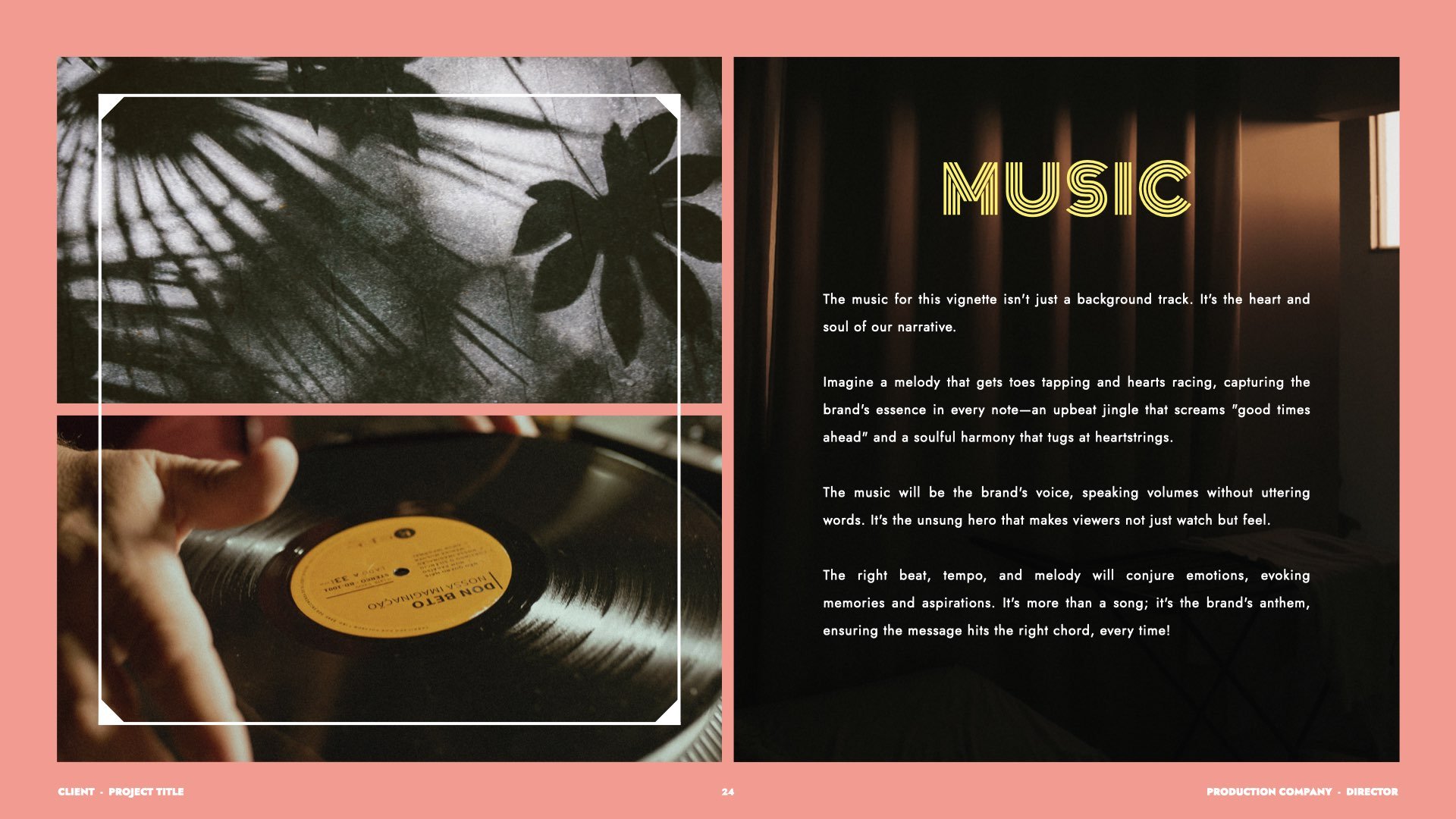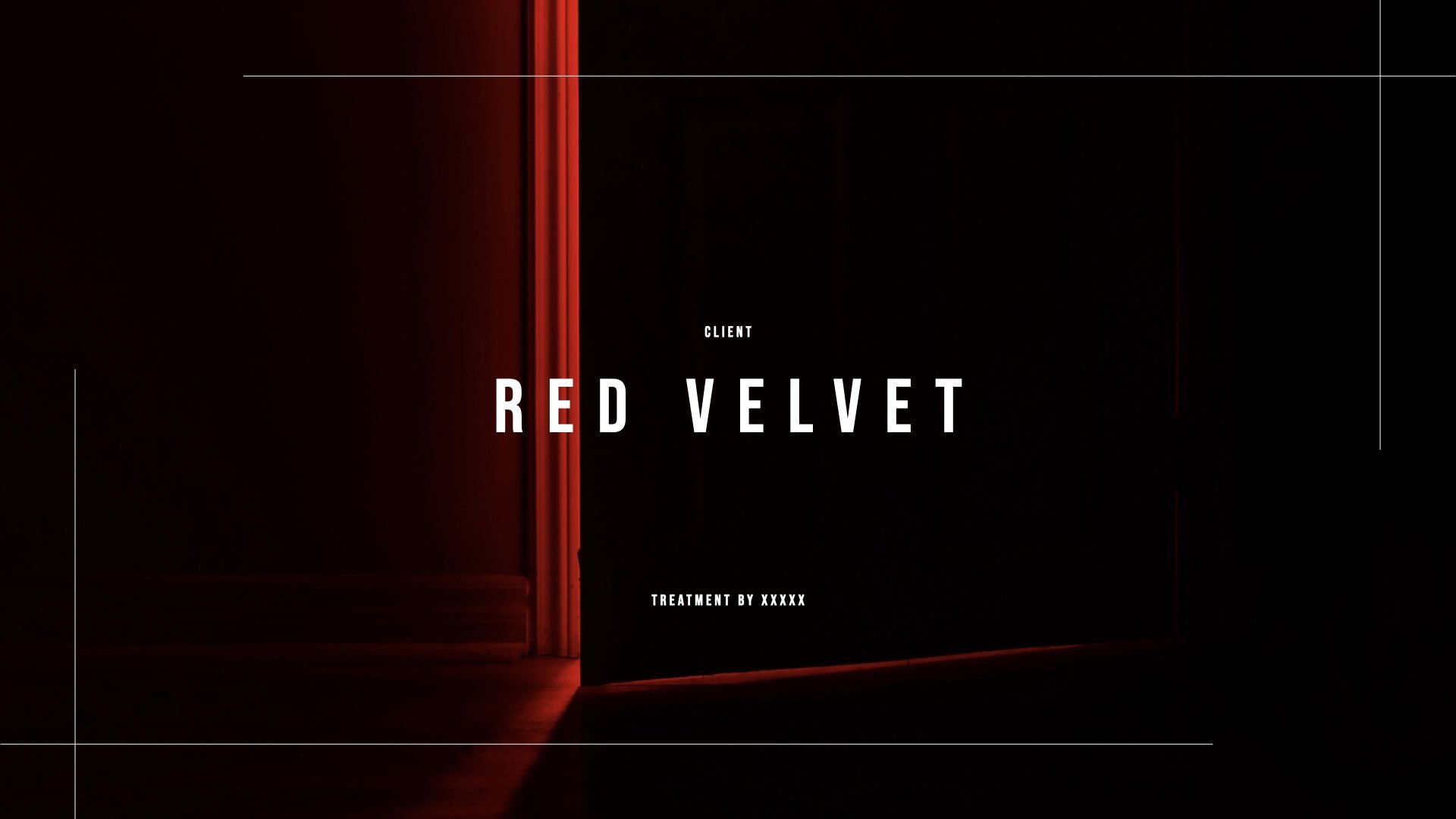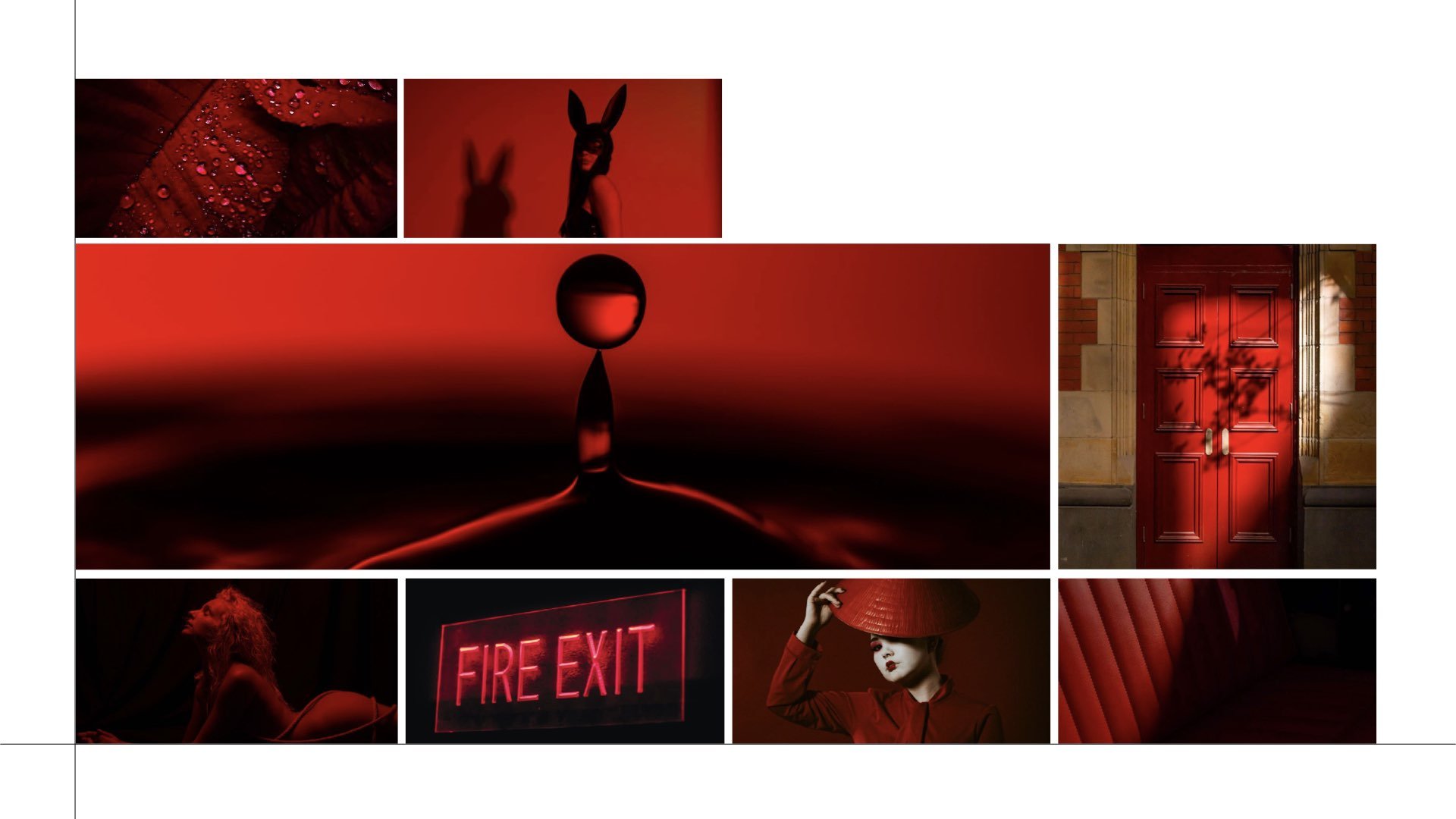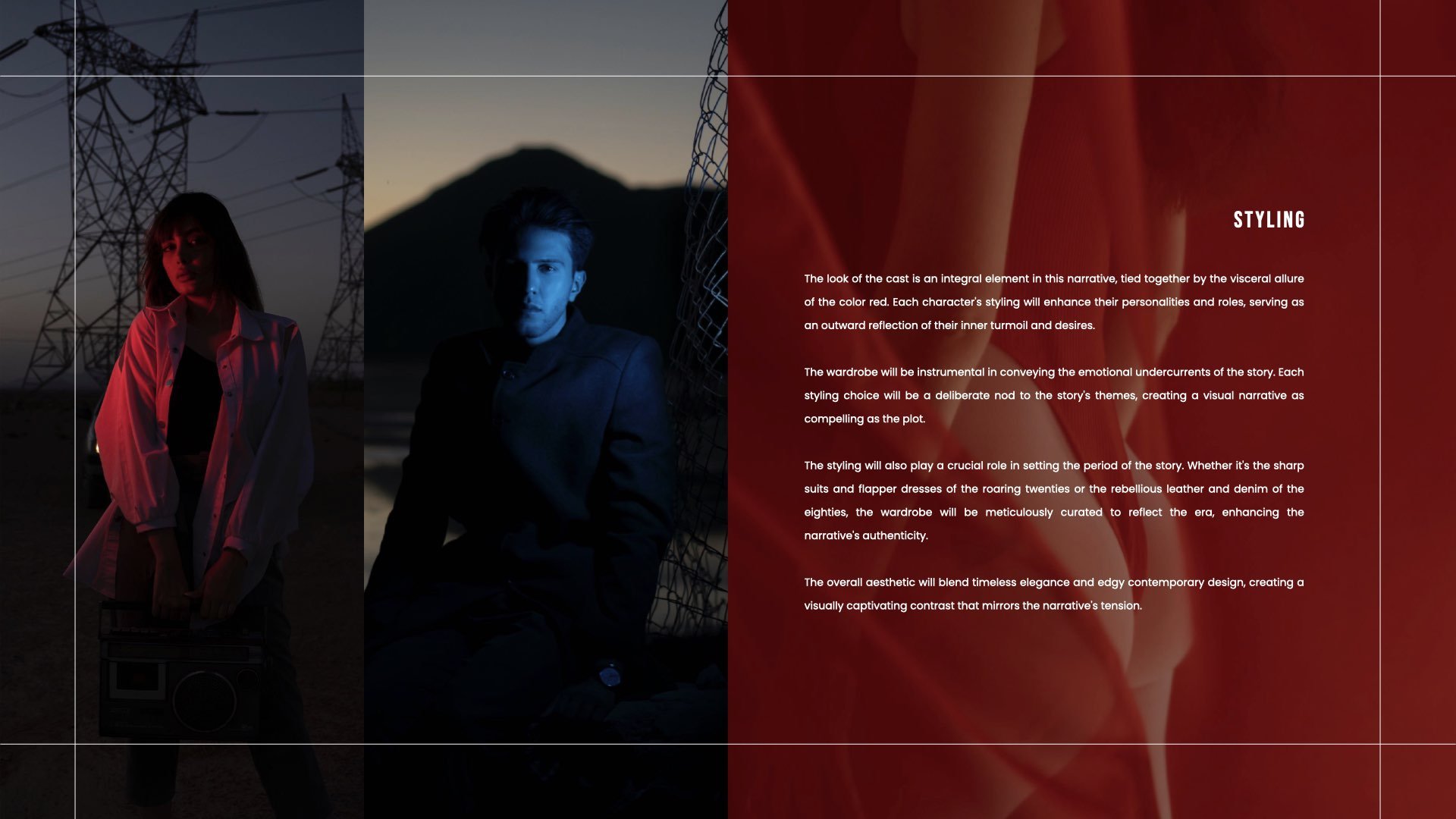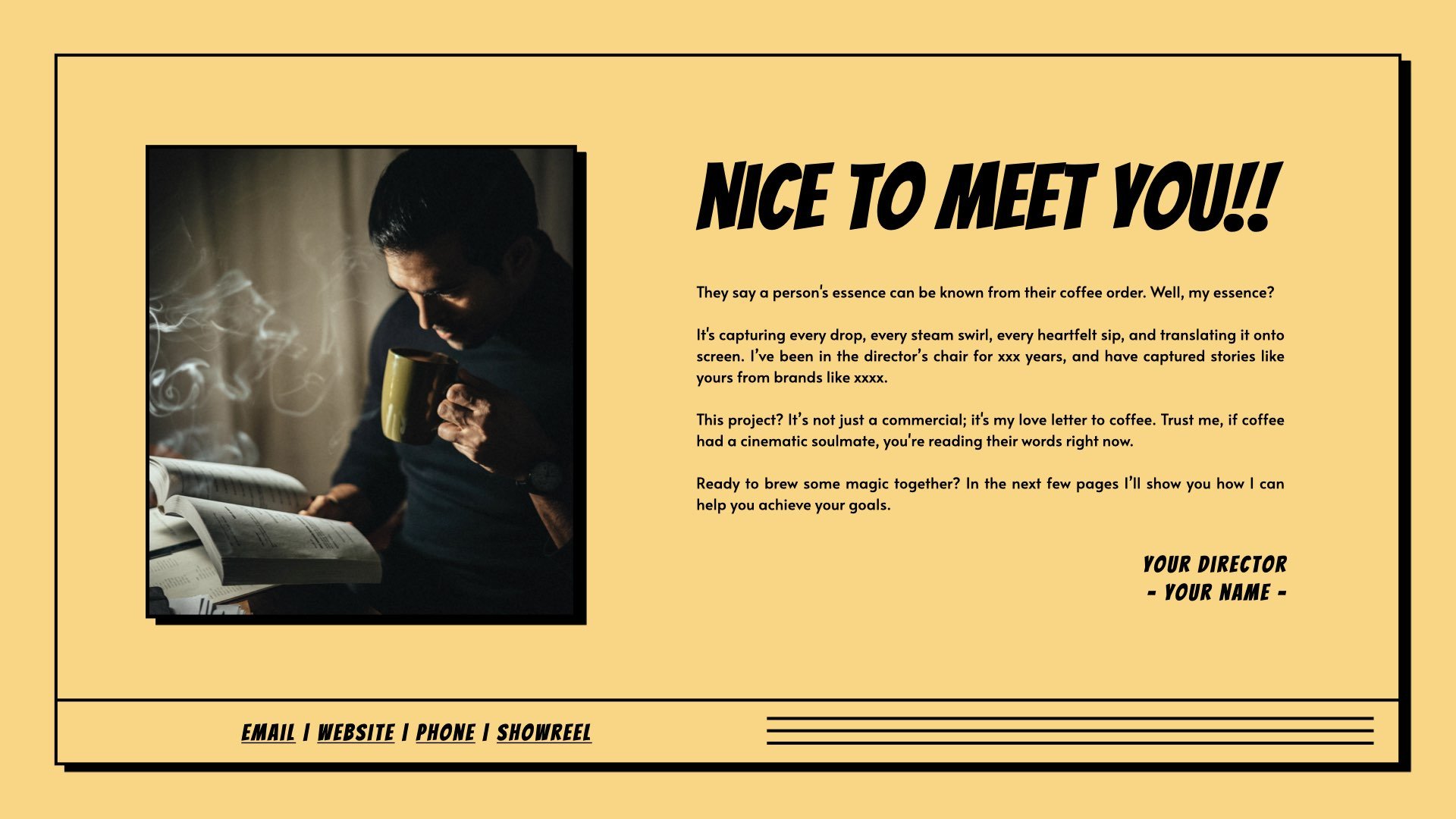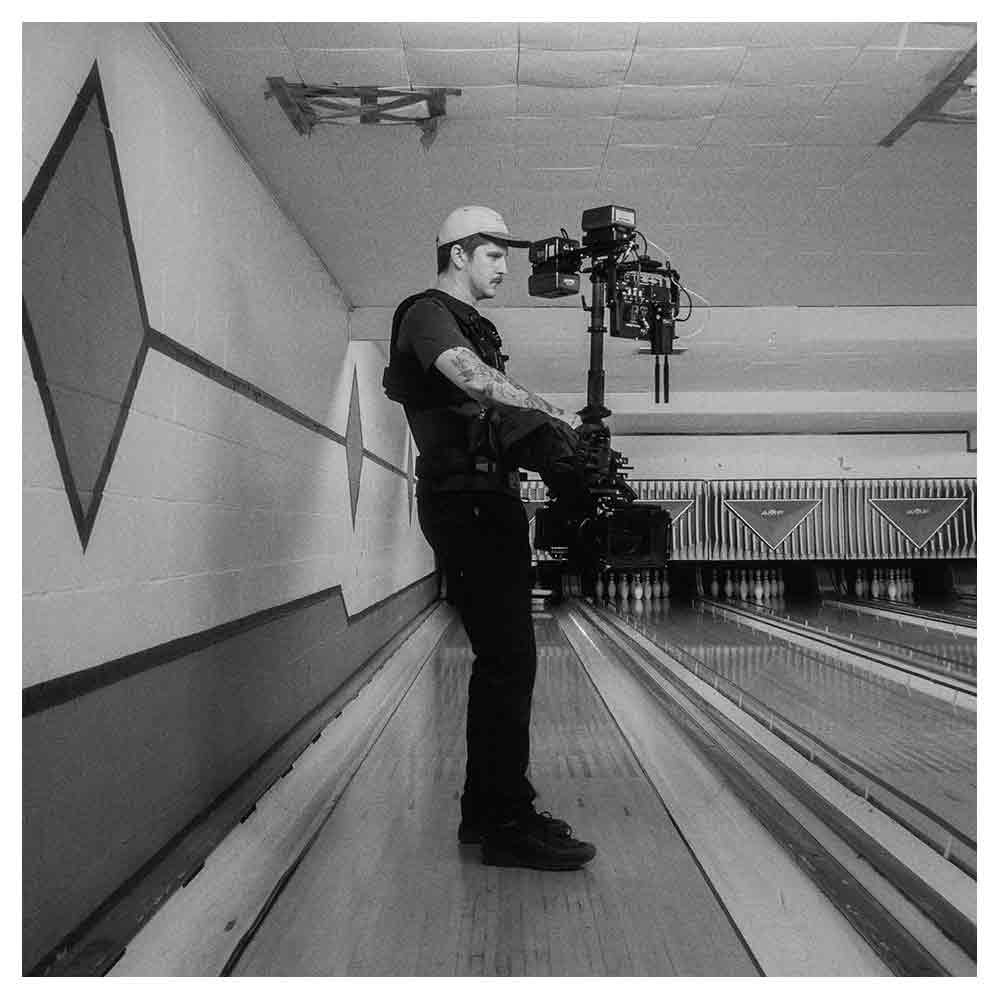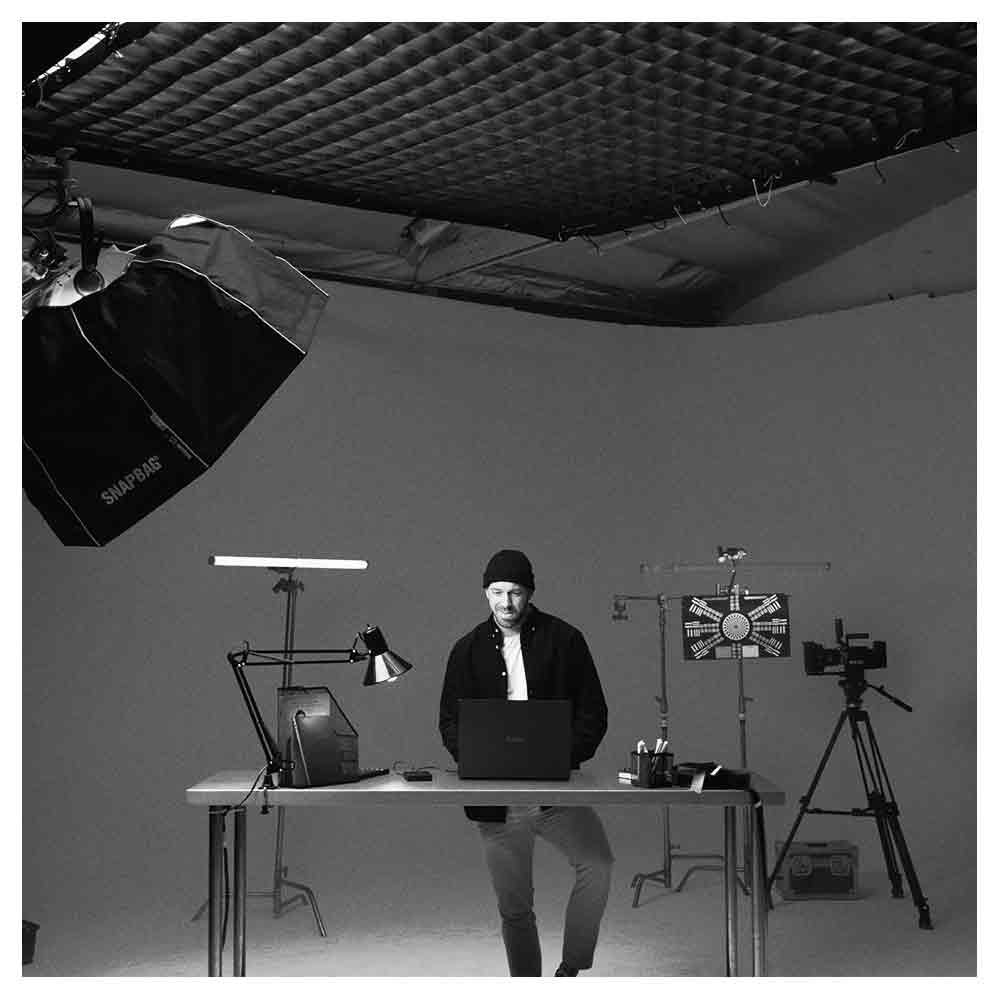19 Directors’ Treatment Examples To Help You Win The Pitch
Every great film begins not with the first scene shot but with a captivating pitch. As a director, your vision of the project must be as compelling, detailed, and immersive as the film itself. And what's the secret weapon in this venture? A finely crafted director's treatment.
Picture this: your script is a skeleton, but your director's treatment is the soul that brings it to life. In this article, I'll share five director treatment examples in this blog post to help you win the pitch.
Your next big pitch is just a treatment away!
What are some good Director’s Treatment Examples?
1 — Resilience Director’s Treatment Example
Conclusion
In conclusion, crafting an influential director's treatment is a powerful tool for transforming visionary film ideas into cinematic reality. Using these examples, you've taken a step closer to understanding how to articulate your unique directorial voice and win your next pitch.
The journey of creating compelling, imaginative, and evocative treatments is challenging but also incredibly rewarding. Whether you're pitching a feature film, a TV show, a music video, or a commercial, remember, your treatment is not merely a roadmap—it's the first act of bringing your creative vision to life.
So take your knowledge, inspiration, and, most importantly, passion, and start drafting your winning treatment today.
Your next big project awaits!
Frequently Asked Questions About Director Treatments (FAQs)
What is a director's treatment?
A director's treatment is a document that outlines a director's vision for a film or video project. It's typically used to pitch the director or project to executive producers or investors.
It can include elements like the director's interpretation of the script, visual style, themes, characters, character arcs, and overall narrative arc.
What should be included in a director's treatment?
While the contents of a director’s treatment can vary depending on the project, common elements include:
An overview or summary of the story
A statement of the director's vision
Descriptions of the visual style and aesthetic
Details about key characters and performances
Information about the intended audience and market
Any notable production methods or techniques
Why are director's treatments essential?
A director's treatment is crucial for pitching a film or video project. It helps communicate the director's vision and approach to potential investors, producers, or clients. It can also act as a guide during production, ensuring all involved share the same understanding of the project's intended direction.
How long should a director's treatment be?
There's no fixed length for a director's treatment—it can range from a couple of pages to an entire document, depending on the scope of the job, the project, and the intended audience. However, it's essential to be concise and engaging, focusing on the most compelling aspects of your vision.
Do all directors use treatments?
While not all directors use visual treatments, many find them invaluable for articulating and sharing their vision, particularly when pitching to investors or producers. They can also be valuable for brainstorming and refining ideas during pre-production.
How do I write a good director's treatment?
A good director's treatment requires clear, concise writing and a compelling vision. It should communicate your unique take on the material, your visual style, and the depth of your understanding of the characters and story ideas. Visual aids, such as storyboards or reference images, can also be beneficial.
Are the director's treatments confidential?
Treatments are generally shared with a select group of individuals, like potential investors, producers, or key crew members like the cinematographer, art director, colour grader, gaffer, and production designer. It's essential to respect the confidentiality of these documents and not share them without the producer or director's consent.
Can I use someone else's director's treatment as my template?
While studying other treatments to understand the format and style is beneficial, your treatment should be uniquely yours, showcasing your specific vision and approach to the project.
Does a director's treatment guarantee my project will get made?
While writing a solid treatment can significantly improve your chances of getting a green-lit project, it's just one factor among many that investors or producers consider. However, it's essential to demonstrate your vision and capabilities as a director.
How does a director's treatment reflect their creative vision?
A director's treatment is a visual and textual representation of a director's creative vision for a specific film or project. It outlines the director's interpretation of the screenplay, their stylistic approach, the visual style they intend to use, the themes they wish to explore, and their understanding of the characters and story.
It allows the director to convey their unique perspective and gives potential clients, producers, and crew members a clear roadmap of the movie and final product.
How can one create treatments that stand out?
Creating treatments and visuals that stand out requires a clear understanding of your creative vision and the ability to communicate it effectively.
High-quality images, storyboards, mood boards, and art direction can be crucial in visually representing your ideas.
Including detailed descriptions of crucial scenes and characters can help convey the essence of the story. Finally, understanding your target audience and tailoring your treatment to their interests and expectations can make your pitch more compelling.
What role do treatments play in the pre-production process?
Treatments are an essential part of the pre-production process. They serve as a dry run for the director's vision and provide a reference point for all the crew involved.
By articulating the story's visual style, themes, and critical elements, a treatment ensures that everyone on the team understands the director's vision and can work together to bring it to life.
Can treatments be used for projects other than films, such as commercials or music videos?
Absolutely. While treatments are often associated with films, they are equally valuable for other projects. Whether you're pitching a commercial, a TV pilot, a music video, or an animation, a treatment allows you to present your creative vision to potential clients.
It gives them a glimpse of what the finished product might look like. It will enable you to pitch ideas tangibly and can be instrumental in winning the pitching process.
How do treatments differ between different directors?
Every director has a unique creative vision reflected in their treatments. Some directors might focus more on beautiful imagery and art direction, while others might delve deeper into character development and narrative structure.
Studying treatments from other directors can provide inspiration and insight into different ways to approach your next project.
Can the treatment change throughout production?
While a treatment provides a solid foundation, it's not set in stone. As production progresses, changes might be made due to factors such as budget constraints, creative developments, or feedback from producers and other creative partners.
The important thing is that the essence of the director's vision remains intact in the final film.
